A 3D model of the Cat’s Eye Nebula shows rings sculpted by stars!
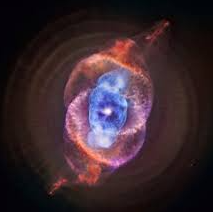
Approximately 3,000 light-years from Earth lies one of the most complex and least understood nebulae, a swirling landscape of gas and dust left behind in the death throes of a star. A new computer visualization reveals the three-dimensional structure of the Cat’s Eye Nebula and suggests how not one, but a pair of dying stars sculpted its complexity.
The digital reconstruction, based on Hubble Space Telescope images, reveals two symmetrical rings around the edges of the nebula. The rings were probably formed by a rotating jet of charged gas that was launched from two stars in the center of the nebula. The team combined Hubble images with ground-based observations of light at various wavelengths, revealing the motions of the nebula’s gas; discovering which parts were moving toward and away from Earth helped reveal its three-dimensional structure.
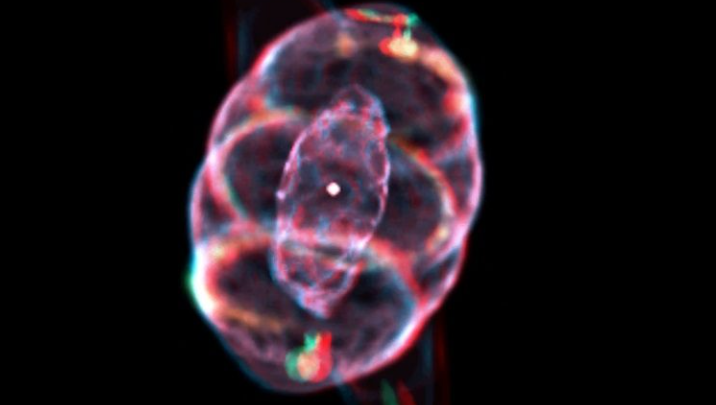
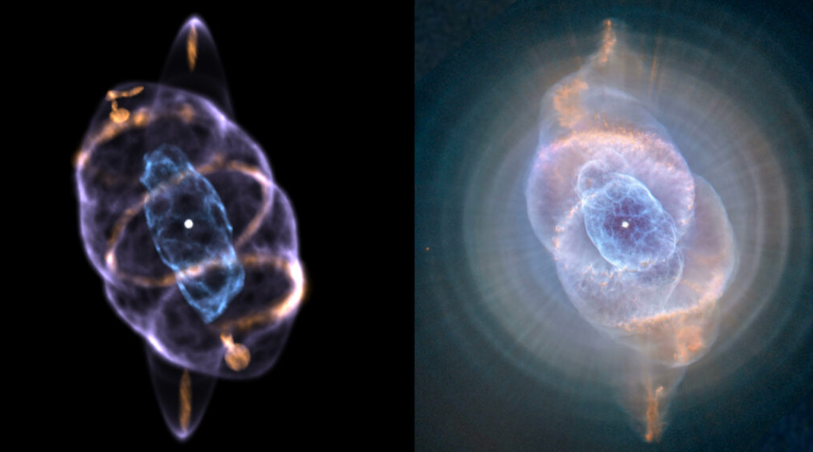
The team identified two partial rings on either side of the nebula’s center. The symmetry and unfinished nature of the rings suggest that they are the remnants of a plasma jet launched from the heart of the nebula and then quenched before it could complete a full circle. Such jets are usually formed through an interaction between two stars orbiting each other.
The work won an award from Clairmont at the 2021 International Science and Engineering Fair, an annual competition organized by the Society for Science, which publishes Science News. Steffen was skeptical of the tight deadline: When Clairmont approached, he only had two months to complete the project.
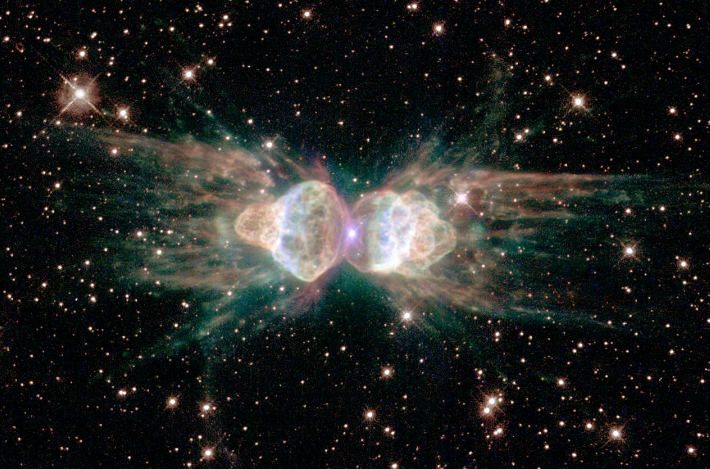
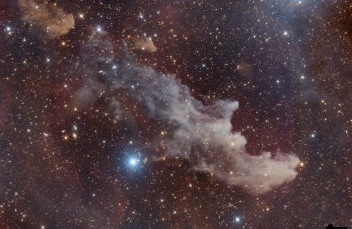
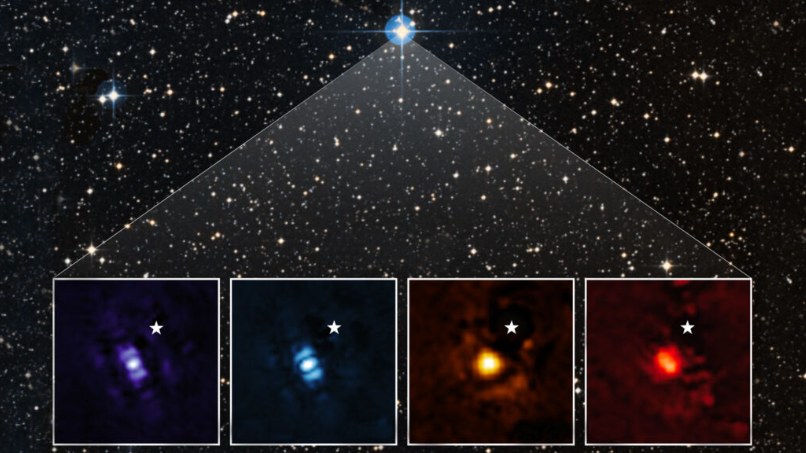
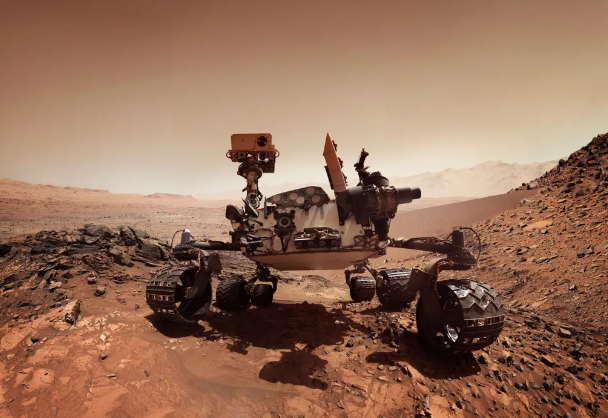
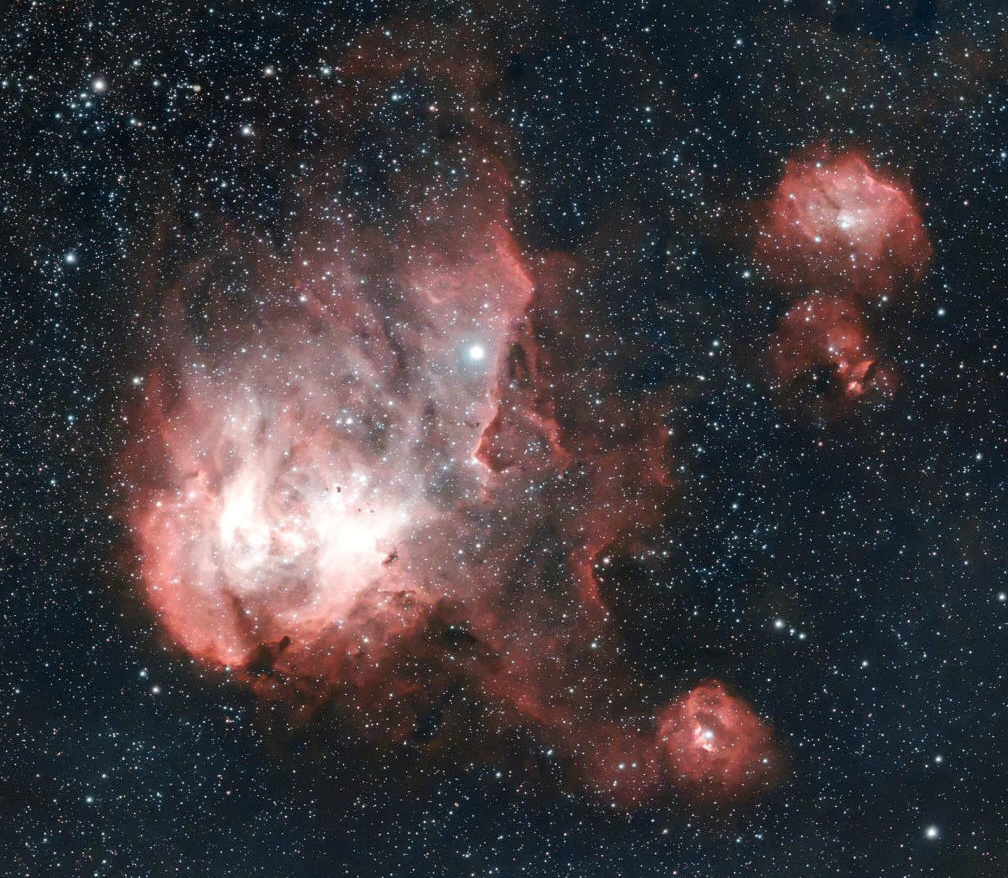
Responses